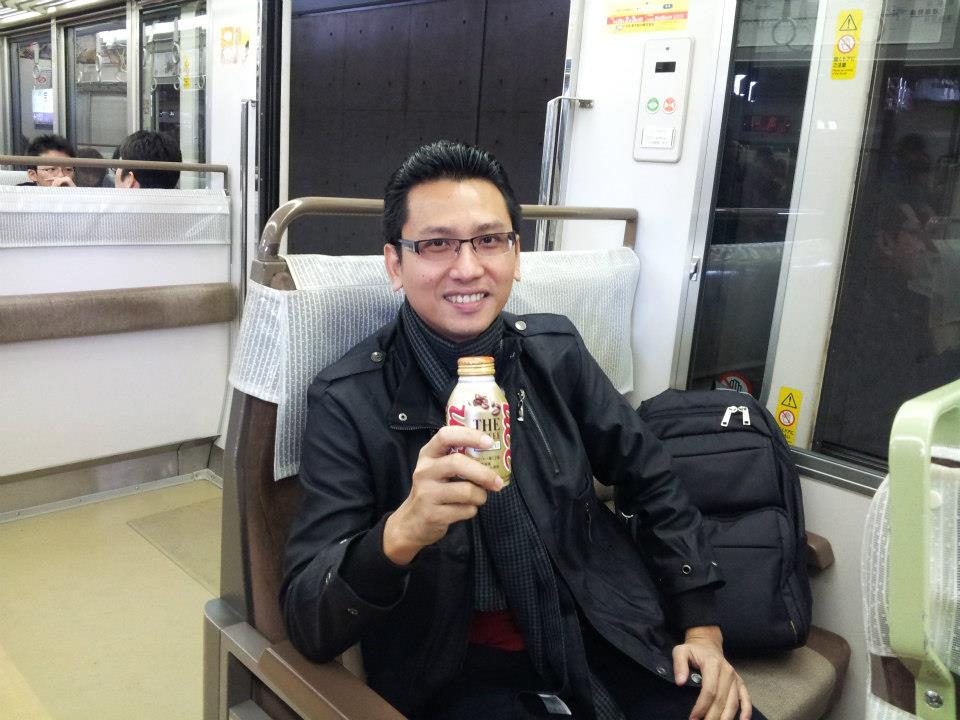SYNOPSIS
This course is an extension of the water and wastewater treatment course (SAM 3913). It covers two different aspects of treatment namely, advanced treatment processes and effluent reuse. In advanced treatment processes, students are exposed to different physico-chemical unit processes i.e. air stripping and aeration, chemical precipitation, ion exchange, chemical oxidation, adsorption and membrane filtration. It also covers the advance topic of aerobic biological treatment process, anaerobic treatment process, and nutrients removal. Effluent reuse and the applications of the advanced processes are also discussed. The emphasis is on theoretical background, conceptual design and applications of the treatment processes.
LEARNING OUTCOMES
By the end of the course, students should be able to :
|
No. |
Course Learning Outcomes |
Programme Outcome(s) |
Taxonomies and Soft-Skills |
Assessment Methods |
|
1. |
Describe orally and in written form the theoretical concept of unit processes in advanced water and wastewater treatment and sludge treatment. |
PO1 |
C1 |
Q, T, F |
|
2. |
Provide conceptual design calculation of each unit process. |
PO3 |
C4, P4 |
A, T, F |
|
3. |
Develop appropriate processes in treating water and wastewater to achieve the required water quality standard. |
PO1, PO2, PO3 |
C5, P4 |
A, T, F |
|
4. |
Present the output of their project in clear, effective and convincing manner orally and / or in the form of report. |
PO5 |
P4, A4, CS1 |
PR, Pr |
STUDENT LEARNING TIME
|
No. |
Teaching and Learning Activities |
Student Learning Time (hours) |
||
|
1. |
Face-to-Face Learning |
|
||
|
|
a. | Lecturer-Centered Learning |
|
|
| i. | Lecture |
42 |
||
| b. | Student-Centered Learning (SCL) |
|
||
| i. | Laboratory / Tutorial |
|
||
| ii. | Student-centered learning activities – Active Learning, Project Based Learning |
16 |
||
|
2. |
Self-Directed Learning |
|
||
|
|
a. | Non-face-to-face learning or student-centered learning (SCL) such as manual, assignment, module, e-Learning, etc. |
34 |
|
|
|
b. | Revision |
10 |
|
|
|
c. | Assessment Preparations |
12 |
|
|
3. |
Formal Assessment |
|
||
|
|
a. | Continuous Assessment |
3 |
|
|
|
b. | Final Exam |
3 |
|
|
Total (SLT) |
120 |
|||
TEACHING METHODOLOGY
- Basic Design philosophies and the use of code of practice will be demonstrated.
- Students will be required to write reports and/or discussed and on-going or completed steel design project.
- Students are required to go through the given tutorials, homeworks and informal co-operative learning.
- Students will require to prepare a technical project in group, or technical visits for project assigment.
WEEKLY SCHEDULE
|
Week |
Lecture |
Topic / Content |
|
1
|
1 2 3
|
Overview of water and wastewater treatment processes Introduction to air stripping and aeration |
|
2
|
4 5 6
|
Design of packed tower air stripper Design of stack aerator |
|
3
|
7 8 9 |
Introduction to chemical precipitationChemical precipitation application – heavy metals removal Homework 1
|
|
4
|
10 11 12
|
Chemical precipitation application – water softening Quiz 1 |
|
5
|
13 14 15
|
Introduction to ion exchange and inorganic adsorption Ion exchange analysis Design calculation of ion exchange |
|
6
|
16 17 18
|
Introduction to activated carbon and organic adsorption Activated carbon analysis TEST #1 |
|
7
|
19 20 21 |
Design calculation of activated carbon Membrane Process Homework 2
|
|
8 |
|
MID SEMESTER BREAK |
|
Week |
Lecture |
Topic / Content |
|
9
|
22 23 24
|
Analysis and design of membrane process Introduction to Chemical Oxidation |
|
10
|
25 26 27 |
Chemical oxidation Quiz 2
|
|
11 |
28 29 30 |
Overview of biological processes Review of activated sludge process
|
|
12
|
31 32 33 |
Extended aeration and sequential batch reactor Nitrogen & Phosphorus removal Homework 3
|
|
13
|
34 35 36
|
Anaerobic wastewater treatmentTEST #2 |
|
14
|
37 38 39
|
Anaerobic wastewater treatment
Wastewater reclamation Homework 4 |
|
15
|
40 41 42
|
Project presentation |
|
16-18 |
|
REVISION WEEK AND FINAL EXAMINATION |
REFERENCES
- Eckenfelder, W.W., Int’l Ed., 2000. Industrial Water Pollution Control, McGraw-Hill.
- Sawyer, C.N and McCarty, P.L. (1985) Chemistry for Environmental Engineering. McGraw Hill.
- Hammer, M.J. (2005) Water and Wastewater Technology, 5th Ed. Pearson Education South Asia Ltd.
- Davis, M.L. (2009) Water and Wastewater Engineering: Design Principles and Practices, Mc-Graw Hill International Edition.
- Metcalf & Eddy (2003) Wastewater Engineering: Treatment and Reuse, 4th Ed. McGraw Hill.
- Vesilind, P.A., Morgan, S.M. and Heine, G.L. (2010) Introduction to Environmental Engineering, 3rd Ed. Cengage Learning.
GRADING
|
No. |
Assessment |
Number |
% each |
% total |
Dates |
|
1. |
Assignments |
4 |
1.25 |
5 |
|
|
2. |
Project |
1 |
10 |
10 |
|
|
3. |
Quizzes |
2 |
2.5 |
5 |
|
|
4. |
Presentation |
1 |
5 |
5 |
|
|
5. |
Test |
2 |
15 |
30 |
|
|
6. |
Final Exam |
1 |
40 |
45 |
|
|
Overall Total |
100 |
||||
